When it comes to plumbing, most of us don’t really give it much thought until something goes wrong. A leaky faucet, a clogged drain, or a burst pipe can quickly send us into panic mode, frantically searching for a plumber to come to the rescue. But what if there was a more sustainable solution to our plumbing problems? Enter drain lining.
If you’re not familiar with drain lining, don’t worry, you’re not alone. But this eco-friendly plumbing solution is gaining popularity for its many benefits. So, what exactly is drain lining? In simple terms, drain lining involves inserting a liner into an existing pipe to create a new pipe within the old one. This liner is typically made of a durable material such as resin that is then cured in place, creating a seamless and long-lasting pipe.
One of the biggest advantages of drain lining is its sustainability. By rehabilitating existing pipes rather than replacing them, drain lining reduces the need for new materials and saves energy that would be used in the production and installation of new pipes. This not only reduces the environmental impact of plumbing repairs but also helps to conserve resources for future generations.
In addition to being eco-friendly, drain lining offers a number of other benefits as well. For starters, it is a much quicker and less invasive process than traditional pipe replacement. Rather than digging up your yard or tearing apart your walls, a plumber can typically complete a drain lining job in just a few hours with minimal disruption to your home or business.
Drain lining is also incredibly durable and long-lasting. Because the liner is seamless and no joints are needed, there is less opportunity for leaks and clogs to form. This means fewer repairs and maintenance over time, saving you money in the long run. In fact, many drain lining products come with warranties of up to 50 years, giving you peace of mind that your plumbing system is built to last.
Another benefit of drain lining is improved flow and efficiency. Over time, pipes can become clogged with debris and mineral buildup, leading to slow drains and backups. By lining the pipes, you create a smooth surface that allows water to flow freely, preventing blockages and improving the overall performance of your plumbing system.
But perhaps the greatest advantage of drain lining is its versatility. This method can be used to repair a wide range of pipe sizes and materials, making it suitable for both residential and commercial applications. Whether you have a small crack in a kitchen drain or a large sewer line that needs to be rehabilitated, drain lining can provide a cost-effective and sustainable solution.
Of course, like any plumbing solution, drain lining does have its limitations. In some cases, pipes may be too deteriorated or collapsed to be lined, requiring a more extensive repair or replacement. Additionally, drain lining may not be suitable for pipes with multiple bends or significant changes in diameter. A qualified plumber can assess your specific needs and determine if drain lining is the right solution for you.
In conclusion, drain lining is a sustainable, cost-effective, and efficient solution for all your plumbing needs. By rehabilitating existing pipes rather than replacing them, drain lining helps to reduce waste, conserve resources, and protect the environment. So the next time you’re faced with a plumbing problem, consider the eco-friendly option of drain lining. Your wallet and the planet will thank you.



